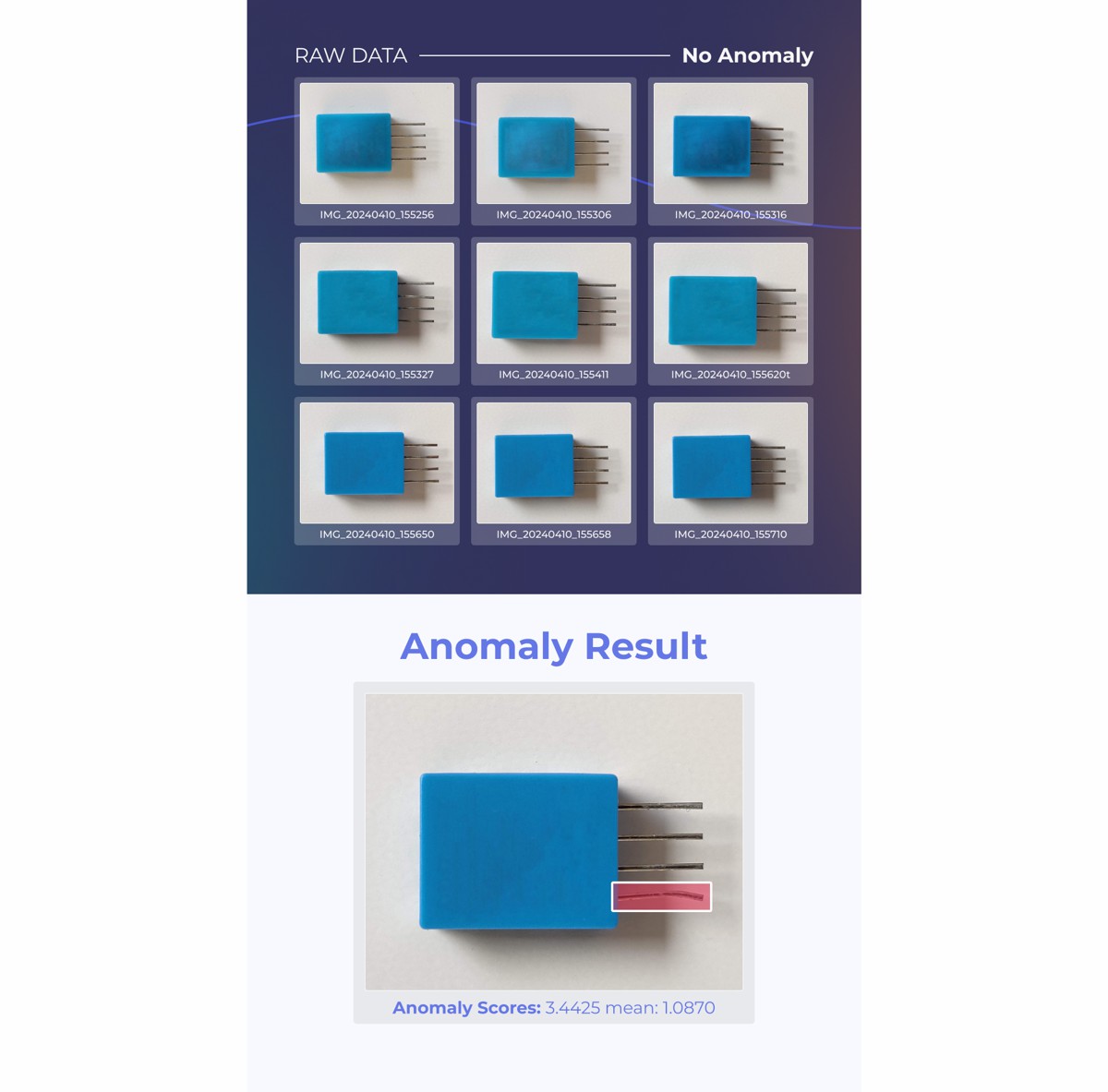Construction SME’s must combat data sprawl
Small and medium-sized enterprises (SMEs) make up the backbone of the global construction industry, yet they are severely underserved by the technology available to them.
There are nearly four million construction businesses in the US as of 2022, and with roughly 99% of the construction industry estimated to be made up of SMEs alone, the importance of supporting these construction underdogs can not be underestimated. .
SMEs are left behind when it comes to construction management software too. Often, they don’t have the financial means or perceived need for robust IT systems. They may also feel that the available solutions are for large corporations, not an SME’s size or function. Where larger enterprises can afford Procore or Oracle software tailored to navigate projects at scale, SMEs can find themselves wasting money on products not designed for their specific needs.
This can lead to a fragmented approach to project management, with information silos spread across multiple apps and software that prevent coordinated workflows. It’s where fully-integrated construction-focused ERP (Enterprise Resource Planning) systems come in as a way for SMEs to build reliable and cost-effective digital ecosystems. ERPs connect all departments, projects, solutions, and people, offering the possibility to streamline processes with collaborative project management tools and give SMEs a real chance in a competitive market.
The evolution of sprawl
The age of digital transformation is upon us, and construction companies that don’t take the opportunity to upgrade will be left behind. Data sprawl that holds up company workflows is made worse when employees need to manually coordinate multiple applications. Apps like WhatsApp, Dropbox, and Google Drive have become vital propellants of business in many industries, and construction is no exception. SMEs have had to piece together what they can find.
Whether you’re using a patchwork system to view installation drawings, check project documents, or implement payroll, SMEs have had to become reliant on the existence of free or cheap software to get by. Yet, divergent silos of information make data challenging to track and hard to update and share between the necessary teams. A 2021 Software as a Service (Saas) Management report found that two-thirds of companies surveyed use at least 100 or more apps in their business operations. While software products can enable productivity, unfortunately, their number can reach a tipping point when administrators are no longer able to manage the SaaS sprawl effectively.
Inefficient workflow processes can be exhausting for employees who are forced to knit together information from various platforms. It’s also costly for companies experimenting with new applications or incorporating a new type of SaaS into workflows as it leads to wasted time and detracts from the job itself. One report from 2021 suggested as many as 67% of app installs are wasted, indicating how highly ineffective a fragmented approach to software management can be.
ERP systems to spark new life
SMEs in the construction industry face many challenges, from high bank rates to competing for subcontracts, but tackling data sprawl and inefficient management software should be top of mind. Relying on free or cheap IT services stitched together with elements of professional software may get the job done, but SMEs still lack the support they need to flourish.
Breaking down silos through an integrated ERP system is vital for keeping companies profitable – it reduces resource waste and possibilities for human error. With sprawling and hard to manage workflows so prevalent among SMEs, if you think you might need to innovate your project management approach – you probably do! Modern ERP systems are said to increase on-time deliveries by 24% and are used across industries to reduce operational and administrative costs and improve productivity.
With increased collaboration opportunities, lower chances of costly mistakes, and enhanced operating speeds, ERPs help SMEs connect their existing siloed software solutions for greater functionality without the expense of retraining staff, replacement of existing tools, or removal of any software. ERP systems are a way for companies to spark new life into their workflow, but with minimal effort and low cost.
The future for construction SMEs
The construction industry is a good indicator of overall economic health, often on the up in the good times and one of the first to be hit in the bad. The global construction industry took a hit in 2020, despite the projected growth before the coronavirus pandemic. With Covid-19 entering its third year, it’s crucial SMEs look for ways to weather this current storm, as well as future ones.
Things are not all bad, though, and the sector’s recovery is looking promising. While the construction industry might be one of the first indicators of a recession, it is also a way for governments to rebuild themselves. ERPs systems allow the vital, smaller construction companies to develop productive and resilient digital ecosystems that will keep them agile in this volatile market. Improving the bottom line helps SMEs remain attractive in a competitive construction market and avoid being consolidated by mergers with larger companies.
Embracing digital transformation is essential for any construction company that wants to reap the benefits of technology. Still, it’s hard to align business goals with strategy without efficient application and software integration. ERPs are a timely and cost-effective way for SMEs to streamline their workflow processes and increase productivity amongst employees. With better project management tools and resource planning, SMEs can take on more projects, better control their supply chains, and ultimately improve their bottom line.
Quote from the article: “And finally, two-thirds of the companies included in Productiv’s 2021 SaaS Management survey employed 100 or more SaaS apps.”
Article by Mads Schmidt Petersen, CEO at Hippo.Build















